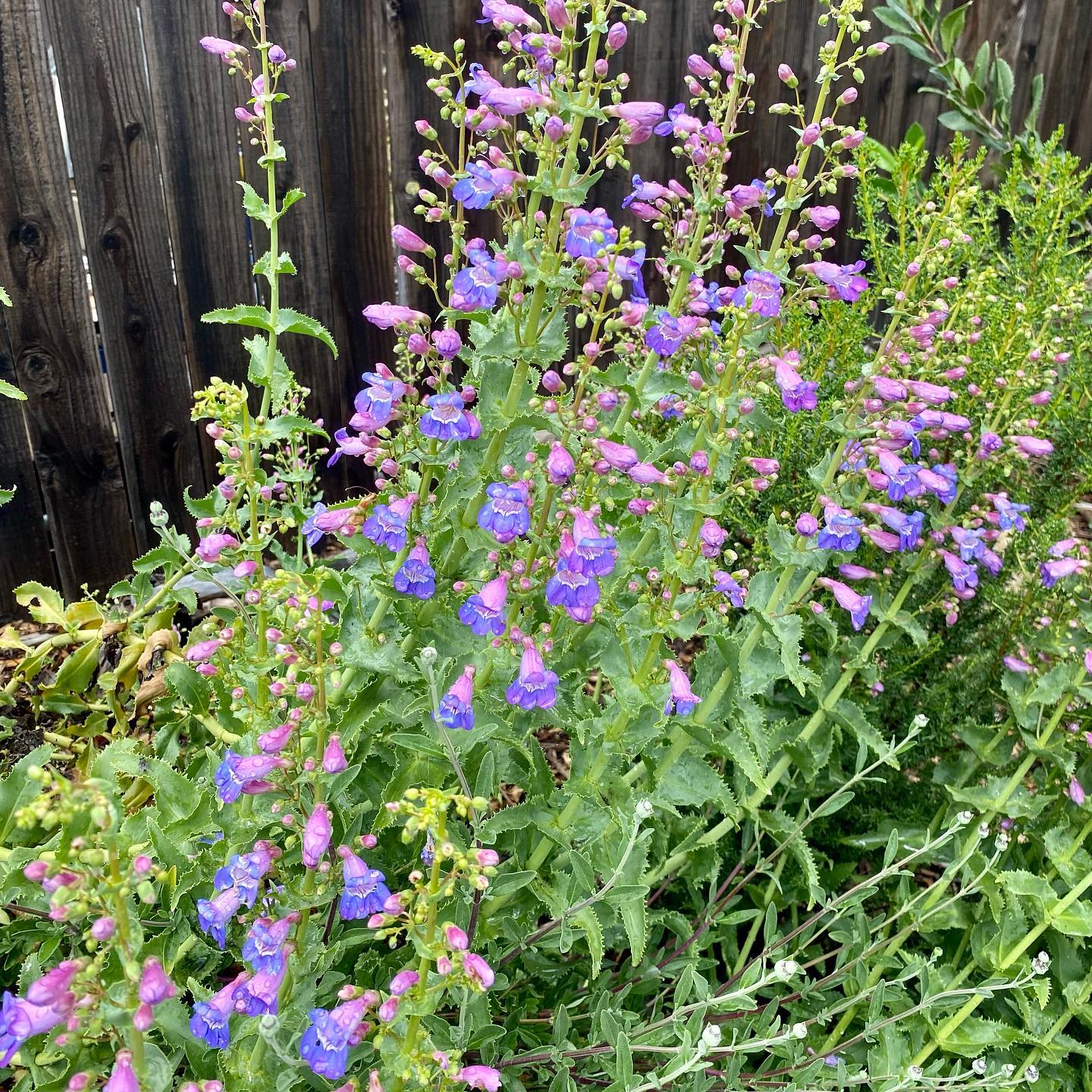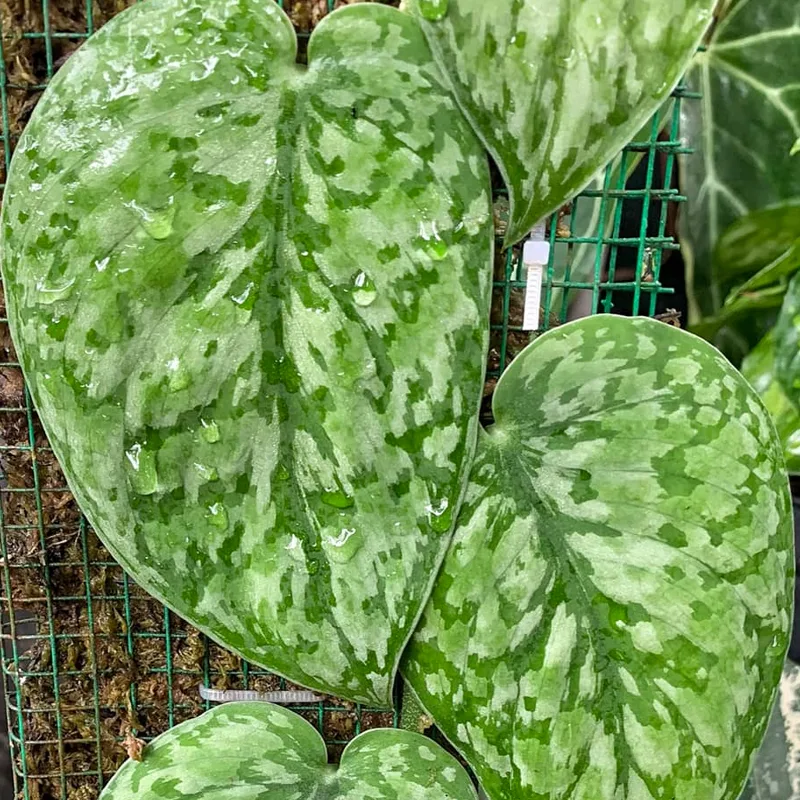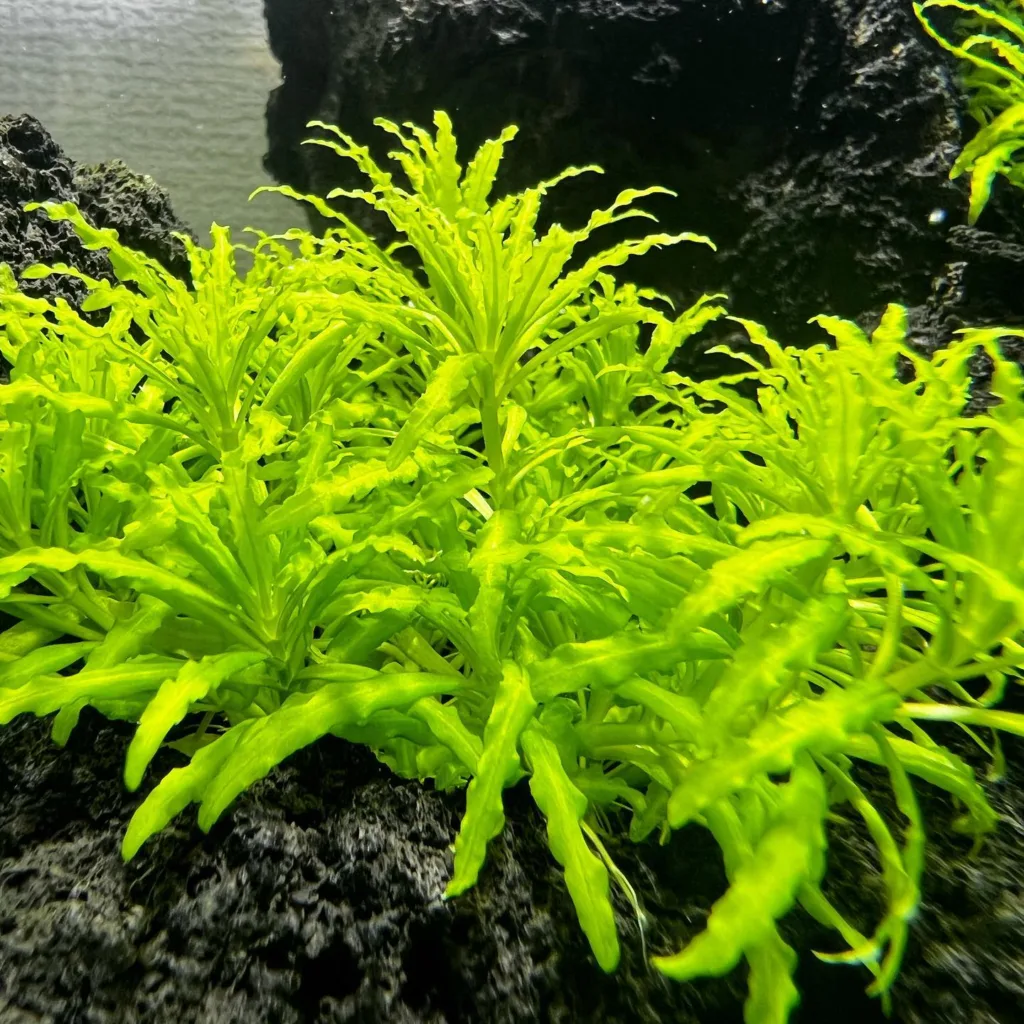Exploring the Hypoxidaceae Family: A Dive into the Genera Curculigo, Empodium, Hypoxis, Pauridia, and Sinocurculigo
When I first became interested in the Hypoxidaceae family, I was struck by its diversity and distinct characteristics. This family of flowering plants, which is mostly found in tropical and subtropical regions, has always fascinated me due to its unique adaptive traits. The family isn’t as commonly discussed as others, but once you dive deeper into it, the range of genera offers a lot to appreciate. In this article, I’ll explore the primary genera within the Hypoxidaceae family: Curculigo, Empodium, Hypoxis, Pauridia, and Sinocurculigo, offering insights into their botanical importance and characteristics.
Curculigo: A Unique Genus of Hypoxidaceae
When I first encountered Curculigo, it was the distinctively linear leaves that grabbed my attention. The plants in this genus have a somewhat grass-like appearance, which can be deceiving until you take a closer look at their stunning flowers. The flowers of Curculigo are typically bright yellow or white, which contrast beautifully with the deep green of their leaves.
A notable species within this genus is Curculigo orchioides, widely known in traditional medicine, particularly in India and China. It’s often used as a herbal remedy for various ailments like sexual dysfunction and liver issues. Curculigo has this fascinating duality—on one hand, it’s used as an ornamental plant due to its aesthetic appeal, and on the other, it’s valued for its medicinal properties. I always feel this genus deserves more recognition for its versatile contributions.
The adaptability of Curculigo to different environments, ranging from forests to rocky areas, is another aspect that makes it stand out. The plant’s resilience makes it a great option for gardeners looking for something that can handle a variety of conditions.
Empodium: A Subtle Beauty in the Hypoxidaceae Family
My experience with Empodium came later, and I found that this genus, while less well-known, has an understated charm. These plants are typically low-growing, with bulbous structures that help them survive in more harsh climates. What struck me most about Empodium was the delicate yet vibrant flowers that emerge from these hardy plants. The petals often have a striking yellow hue, though they can sometimes appear white.
Empodium plicatum, one of the standout species, tends to thrive in rocky and mountainous regions. Its ability to withstand tough conditions reflects a common trait within the Hypoxidaceae family—adaptability. The leaves are pleated, giving the plant a slightly crinkled appearance, which adds to its visual interest. Although it may not be the first genus to come to mind for a casual gardener, for those who appreciate hardier plants with unique flowers, Empodium is a must-explore.
Hypoxis: The Star of the Hypoxidaceae Family
If I had to choose a flagship genus of the Hypoxidaceae family, it would undoubtedly be Hypoxis. It’s the most well-known and widespread genus within this family, and for a good reason. Hypoxis species, such as Hypoxis hemerocallidea (often called the African Potato), are famous for their medicinal value. The African Potato is widely used in traditional African medicine for treating inflammation, infections, and even boosting the immune system.
What I find most compelling about Hypoxis is its star-shaped yellow flowers, which give the plant a cheerful and vibrant look. The plants generally grow in clumps and produce tuberous roots that store nutrients, enabling them to survive in nutrient-poor soils. This resilience makes Hypoxis a popular choice for both wildflower gardens and medicinal gardens alike.
For anyone interested in sustainable gardening or medicinal plants, Hypoxis is an excellent genus to explore further. It offers a combination of beauty and functionality, with its vibrant flowers and health benefits.
Pauridia: A Small but Mighty Genus
Pauridia is a genus that doesn’t get as much attention as it deserves, possibly because its plants are often small and inconspicuous. However, I’ve found that there is something quite special about the way Pauridia species grow. These plants tend to have a geophytic nature, meaning they grow from bulbs, and often have delicate white or yellow flowers that bloom briefly but beautifully.
One species that stands out is Pauridia aquatica, which grows in seasonally wet environments. It’s fascinating to observe how this genus thrives in areas where water availability fluctuates. The adaptability of Pauridia to different water conditions is something I admire. For gardeners looking to explore lesser-known bulbous plants, Pauridia is a hidden gem worth considering.
Sinocurculigo: A Genus of East Asian Origin
The genus Sinocurculigo is the most geographically restricted of the Hypoxidaceae family, found primarily in East Asia. When I first learned about Sinocurculigo, what intrigued me was how closely it resembled Curculigo in both appearance and growth patterns. However, it has distinct floral characteristics that set it apart.
Sinocurculigo taishanica is a species I came across that embodies the genus’s uniqueness. Its delicate white flowers contrast against its robust, grassy leaves, making it an eye-catching plant. What fascinates me most about Sinocurculigo is how it has adapted to its specific regional habitat, demonstrating the broader theme of adaptability that runs through the Hypoxidaceae family.
Conclusion
The Hypoxidaceae family is a fascinating group of plants that showcases adaptability, resilience, and beauty. From the medicinal properties of Hypoxis to the ornamental appeal of Curculigo and the subtle charm of Empodium and Pauridia, this family offers a wide variety of genera that can thrive in different environments. I’ve enjoyed diving deeper into the lesser-known Sinocurculigo, as well, discovering its regional importance.
For anyone interested in plants that offer more than just visual appeal, the Hypoxidaceae family provides a perfect balance of aesthetic value and practical benefits. Whether you’re a seasoned botanist or a casual gardener, I highly recommend exploring the various genera within this family. There’s always something new to discover with plants that have stood the test of time in such diverse environments.
If i die, water my plants!



